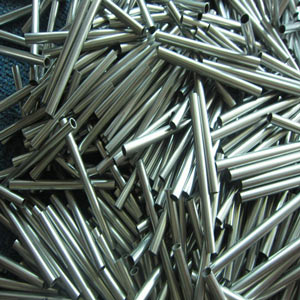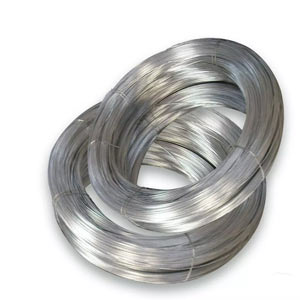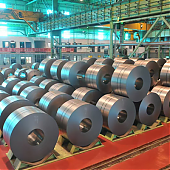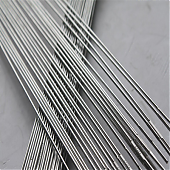Jaway stainless steel manufacturing process


Jaway stainless steel manufacturing process
Steelmaking: The first step in making stainless steel is steelmaking, usually by smelting a mixture of pig iron and scrap steel. The raw materials are first put into a furnace, heated to high temperatures and mixed to eliminate impurities. The molten steel is then melted and injected into the mold, ultimately forming a billet.
Rolling: The smelted stainless steel billet is hot rolled and pressed into the required thickness and shape. During the rolling process, the temperature and pressure of the steel are precisely controlled to ensure the accuracy of its shape and size.
Pickling: Pickling the hot-rolled stainless steel to remove oxides and dirt on the surface to ensure the smoothness of the stainless steel surface. The acid used in the pickling process is often highly corrosive and safety measures need to be taken.
Cold rolling: The pickled stainless steel is cold rolled to achieve the required thickness and smoothness. During the cold rolling process, the surface quality of stainless steel is further improved, while its strength and ductility are also increased.
Polishing: Polishing cold-rolled stainless steel to improve its surface finish and aesthetics. Polishing can use mechanical polishing, chemical polishing or electrolytic polishing.
Processing: The polished stainless steel is cut, bent, formed, etc. to obtain the required shape and size. Care needs to be taken to protect the stainless steel surface from damage during processing.
Welding: Where connections are required, stainless steel is welded to achieve connection and reinforcement. The welding process and technology suitable for stainless steel need to be adopted during the welding process to ensure its welding quality and aesthetics.
Surface treatment: The last step is surface treatment, including cleaning, painting and electroplating. Surface treatment can enhance the corrosion resistance and aesthetics of stainless steel, while also improving its performance and lifespan.
The manufacturing process of jaway stainless steel requires multiple steps, each of which requires precise control of process parameters and technical requirements to ensure the quality and performance of the final product. At the same time, production safety and environmental protection regulations are also followed during the manufacturing process to ensure the safety and environmental protection of the production process.
Steelmaking: The first step in making stainless steel is steelmaking, usually by smelting a mixture of pig iron and scrap steel. The raw materials are first put into a furnace, heated to high temperatures and mixed to eliminate impurities. The molten steel is then melted and injected into the mold, ultimately forming a billet.
Rolling: The smelted stainless steel billet is hot rolled and pressed into the required thickness and shape. During the rolling process, the temperature and pressure of the steel are precisely controlled to ensure the accuracy of its shape and size.
Pickling: Pickling the hot-rolled stainless steel to remove oxides and dirt on the surface to ensure the smoothness of the stainless steel surface. The acid used in the pickling process is often highly corrosive and safety measures need to be taken.
Cold rolling: The pickled stainless steel is cold rolled to achieve the required thickness and smoothness. During the cold rolling process, the surface quality of stainless steel is further improved, while its strength and ductility are also increased.
Polishing: Polishing cold-rolled stainless steel to improve its surface finish and aesthetics. Polishing can use mechanical polishing, chemical polishing or electrolytic polishing.
Processing: The polished stainless steel is cut, bent, formed, etc. to obtain the required shape and size. Care needs to be taken to protect the stainless steel surface from damage during processing.
Welding: Where connections are required, stainless steel is welded to achieve connection and reinforcement. The welding process and technology suitable for stainless steel need to be adopted during the welding process to ensure its welding quality and aesthetics.
Surface treatment: The last step is surface treatment, including cleaning, painting and electroplating. Surface treatment can enhance the corrosion resistance and aesthetics of stainless steel, while also improving its performance and lifespan.
The manufacturing process of jaway stainless steel requires multiple steps, each of which requires precise control of process parameters and technical requirements to ensure the quality and performance of the final product. At the same time, production safety and environmental protection regulations are also followed during the manufacturing process to ensure the safety and environmental protection of the production process.
Related Products
Contact Us


